HAD the chance to ask Efren 'Bata' Reyes, Jr. that question back when he was still very active in the world pool circuit in the early 2000s, as he sat outside a hotel in downtown Taipei waiting for the ride that would take him to the airport, the morning after winning a leg of the old WPA San Miguel Asian 9-Ball Tour.
Before he could give an answer, a luxurious car rolled into the driveway. He asked two Manila-based sportswriters - the other was the Inquirer's Roy Luarca - to hop in, giving them a ride to the airport as well as the chance to ask the question again: "Meron pa kayang darating na ibang Efren 'Bata' Reyes?"
His response, to our surprise, was both swift and sure. "Ang dami d'yan," he says, "kailan nga lang kumuha ako ng NBI [clearance], nadiskubre ko ang dami pala naming Efren Reyes. May isa nga may junior rin, artista. Yung isa, may kaso pa, kaya natagalan bago lumabas 'yung NBI [clearance] ko."

ou ask a dumb question, you get a ____ answer, right?
One of the banalities of the journalism profession is that you sometimes had to ask questions to which you may already know the answer. Of course there will never be a 'next' Bata Reyes; in the same manner that there will never be a 'next' Muhammad Ali or a 'next' Manny Pacquiao or a 'next' Sonny Jaworski, in our lifetime or the next.
That was my feeling then and that is my feeling now, as I listened to the greying pool icon talk about his legendary career from his home in Dau, Mabalacat, Pampanga, where he has been holed up with several members of his extended family with just a single pool table keeping them from getting bored since Luzon island was placed under a soft lockdown.
"Pinakuha ko 'yung isang lamesa dun sa [billiards hall ng] isang anak ko, kaya nakakalaro ako minsan," he says with a chuckle, "pero iba pa rin s'yempre 'yung laro sa tournament, 'yung may pinaglalabanan."
Reyes, 65, still plays the game regularly, although no longer in the same awe-inspiring manner as he did during his glory days when Bata Reyes weaved his cue stick like a magic wand, leaving pool fans across the world in disbelief over his impeccable pocketing skills, great command of the cue ball, and innate ability to see angles that his opponents couldn't.
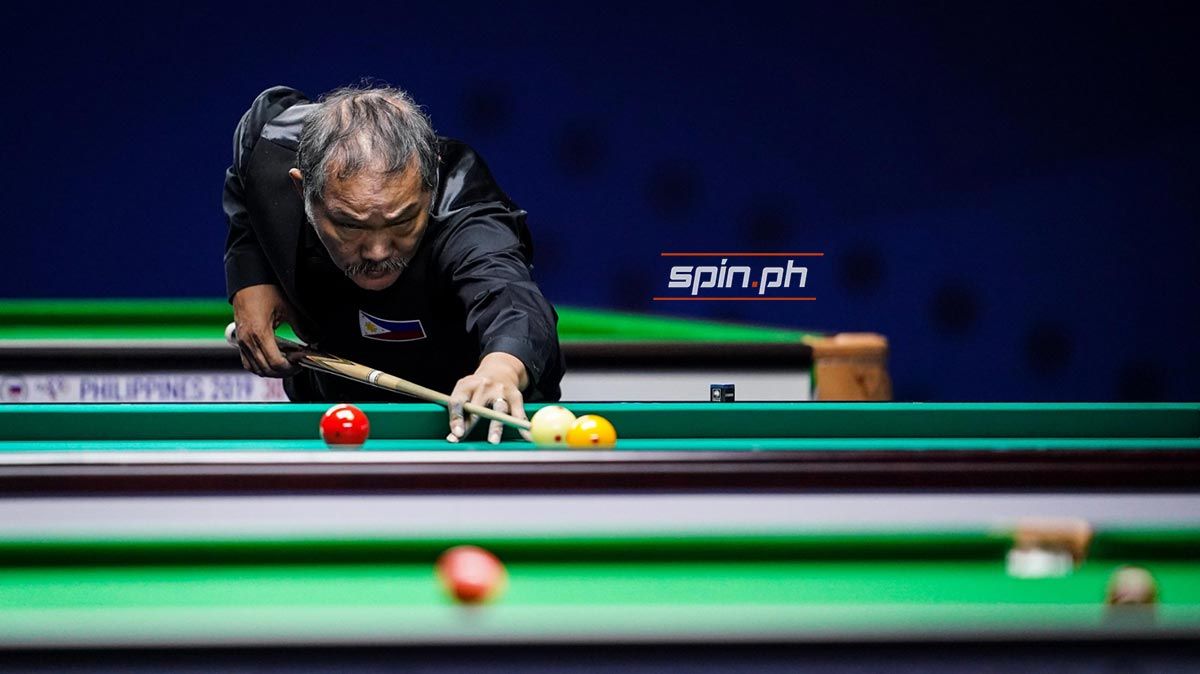
Much of those skills, Bata admitted, have over the years been eroded by poor eyesight, creaky joints, and, these days, a frozen shoulder that causes lingering pain. He isn't shy to admit that he is now given a partida [usually plus two with the 8 and 10 balls conceded to him] by upcoming pool players in 10-ball money games.
"Sira na palo," he concedes, "[kaya] may partida na ako ngayon."
Bata still wins some and loses some, mostly because he often fades in the late racks of race-to-20 matches. That prompted friends including his longtime patron Aristeo 'Putch' Puyat to advice that he should settle for shorter matches, so he can put younger opponents away before fatigue sets in. A stubborn Bata won't listen.
"'Di nila alam, mas gumaganda ang palo ko kapag na-warm up na, nawawala na ang mga sakit sa katawan," he says, defiant as ever. "Minsan inaalat lang talaga."
These days, the closest Efren 'Bata' Reyes comes to his best form is only on YouTube or Facebook, where the legend of 'The Magician,' for some reason, has taken on a new life.
Old, faded video highlights that continue to make the rounds of social media not only keep Efren 'Bata' Reyes connected with his loyal fans: they also introduce him to a whole new audience, inspiring a cult following among mostly millennials in search of the true Filipino hero.
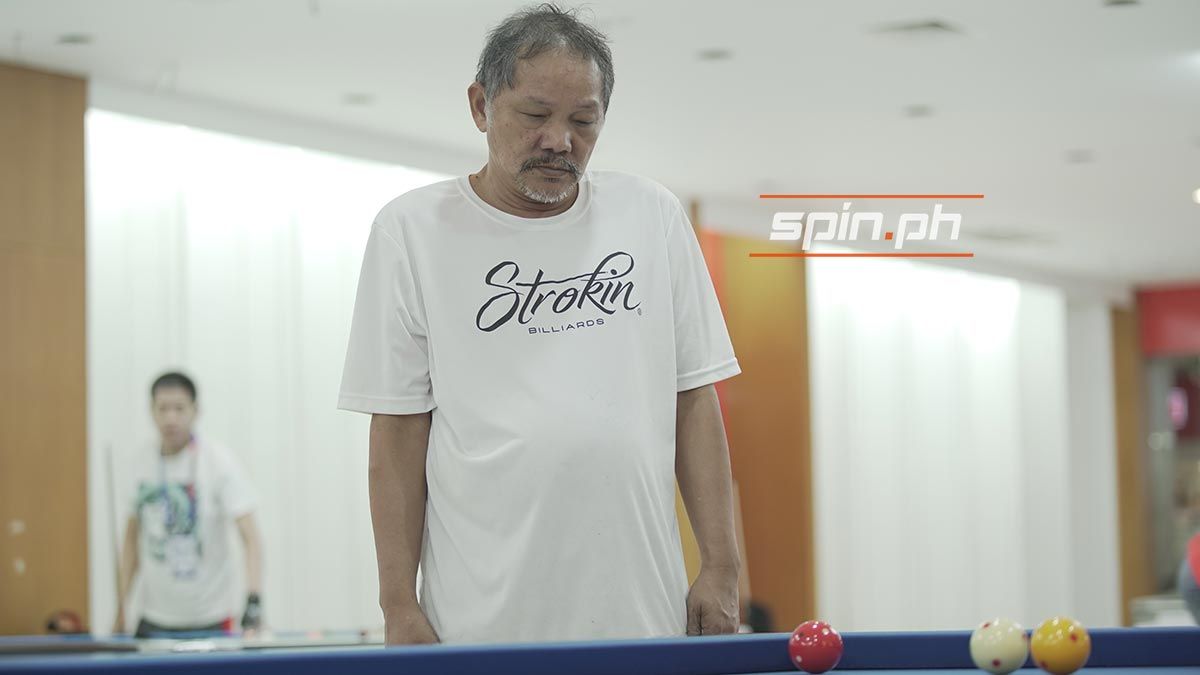
Most of these viral videos are labelled 'The Best Of of Bata Reyes' or 'Best Trick Shots...' What these fans, both old and new, do not know is that they never saw the pool great at his very best. Only a lucky few had that pleasure.
By his own reckoning, Reyes was at his absolute best from the seventies through the eighties, when a faceless pool hustler known only as 'Bata' was starting to be talked about in whispers in neighborhood pool halls as someone who could give then No. 1 Jose 'Amang' Parica a run for his money.
How good was Reyes at that time?
"Pakita mo ang uno, benta na," Reyes says. That claim, coming from a pool shark, doesn't sound impressive enough, until you realize that the popular game at that time was 15-ball rotation and not the 9-ball or 10-ball varieties which he only mastered when he started hustling in the US while using the alias Cesar Morales.
It wasn't until much later that 'Bata' Reyes was finally introduced to the pool mainstream when he beat Nick Varner to win his first US Open Nine-Ball title in 1994. His fame soon hit new heights after he beat American legend Earl Strickland in an epic Color of Money Race-to-120, winner-take-all duel in Hong Kong in 1996 [more on that later].
Three years later he became a household name back home when he ruled the World Nine-Ball Championship in Cardiff, Wales, the highlight of a career that amassed two World Cup titles with pal Django Bustamante, four World Eight-Ball championships, two World Pool League titles and two more US Open Nine-Ball crowns, among many others.
Not bad for someone who, by his own admission, was by then past his prime.
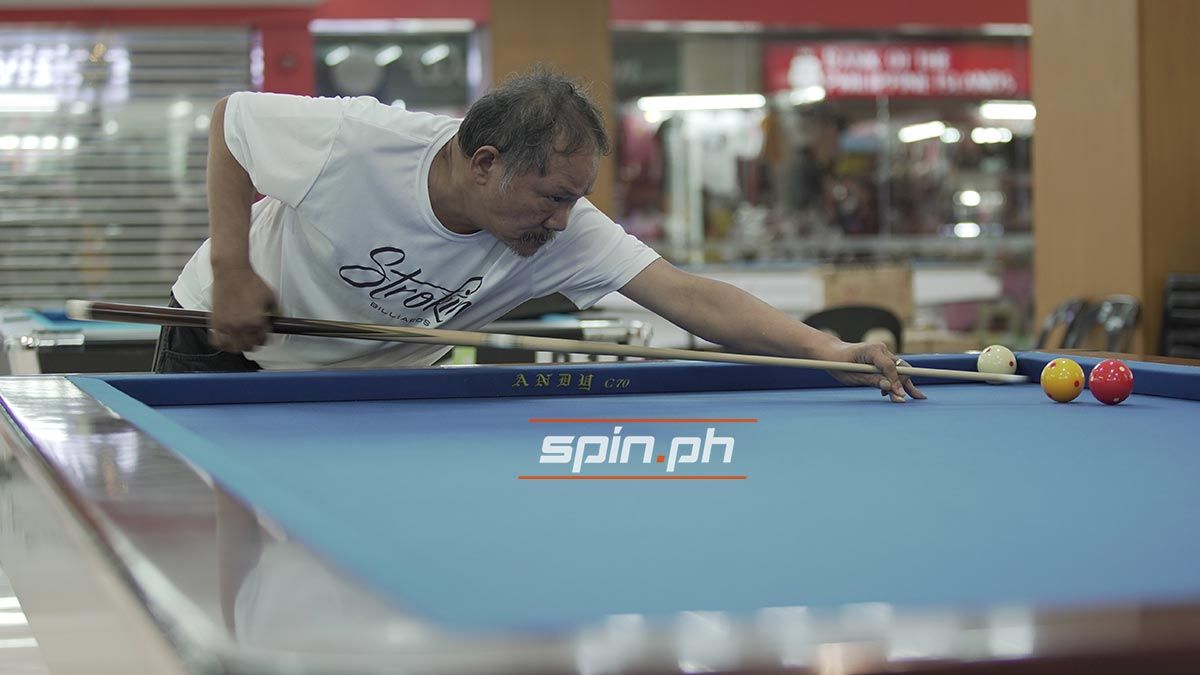
Only a few know that Reyes had the chance to be part of 'Color of Money,' the 1986 film directed by Martin Scorcese and starring Tom Cruise and Paul Newman, who won an Academy Award for Best Actor - the only one of his career - for his role as the aging pool hustler Edward 'Fast Eddie' Felson.
Reyes said he was offered $1,800 to be the movie's technical adviser, but he turned it down because the producers barred him from playing in tournaments during filming. "Eh isang tournament lang, kikitain ko na 'yon, o higit pa," he says. The role went to US legend Mike Sigel, who also did the difficult shots in the movie.
Reyes missed the chance to be part of an Oscar-winning film, but a pool showdown in 1996 ironically inspired by that movie turned out to be his defining moment.
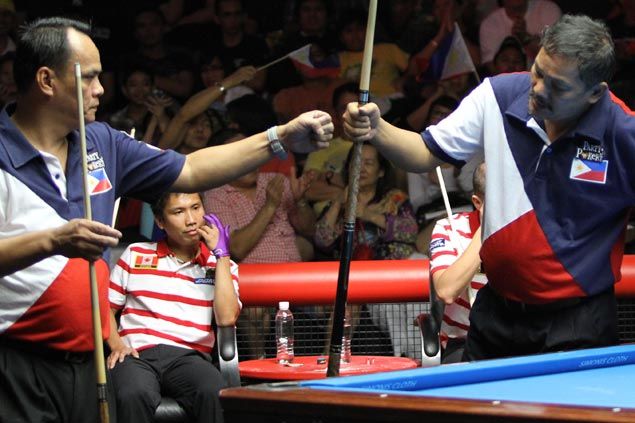
That 'Color of Money' duel with Earl 'The Pearl' Strickland was as good a show as pool could offer, a bare-knuckles mano a mano between the two best players of their generation who are poles apart in terms of personality - American Strickland, brash and temperamental, was the antithesis to the cool and ever-smiling Reyes.
"Mainitin ang ulo 'non, lalo na kapag natatalo," Reyes recalls laughing.
The winner-take-all showdown in Hong Kong was spread over three days, first to 120 racks wins a then unheard-of pot of US$100,000. Strickland, he with the sure hands, raced ahead and never eased up on the pedal, opening a 17-rack lead to head to the final day just 16 racks short of victory.
"Tanda ko pa yon, November 6, 1996, lumamang si Strickland ng malaki, ang score 104-87," Reyes says. "Pati nga ang mga sponsors ko, alam talo na. Di na nga nanood noong last day. Nagulat sila, pagbalik ko sa kwarto namin sa hotel, ako panalo."

Francisco Bustamante is a former world nine-ball champion and world No. 1 himself, recognizable by his sleek jet-black hair that was perpetually and neatly in place, like that of a gunslinger from the old west. Django. Trust pool hall tambays to give hustlers the perfect nom de guerres.
Django also lived up to his name when he played, cutting a fearsome figure as he leaned toward the table and peered behind the cue ball. The balls made a loud, cracking sound after each of his powerful breaks, which set him up for a clean-up, if not strike fear in the heart of each opponent.
Bustamante hailed from Tarlac, Reyes from Angeles City. The two are friends and later became stablemates under the care and guidance of Putch Puyat, long recognized as the godfather of Philippine billiards.
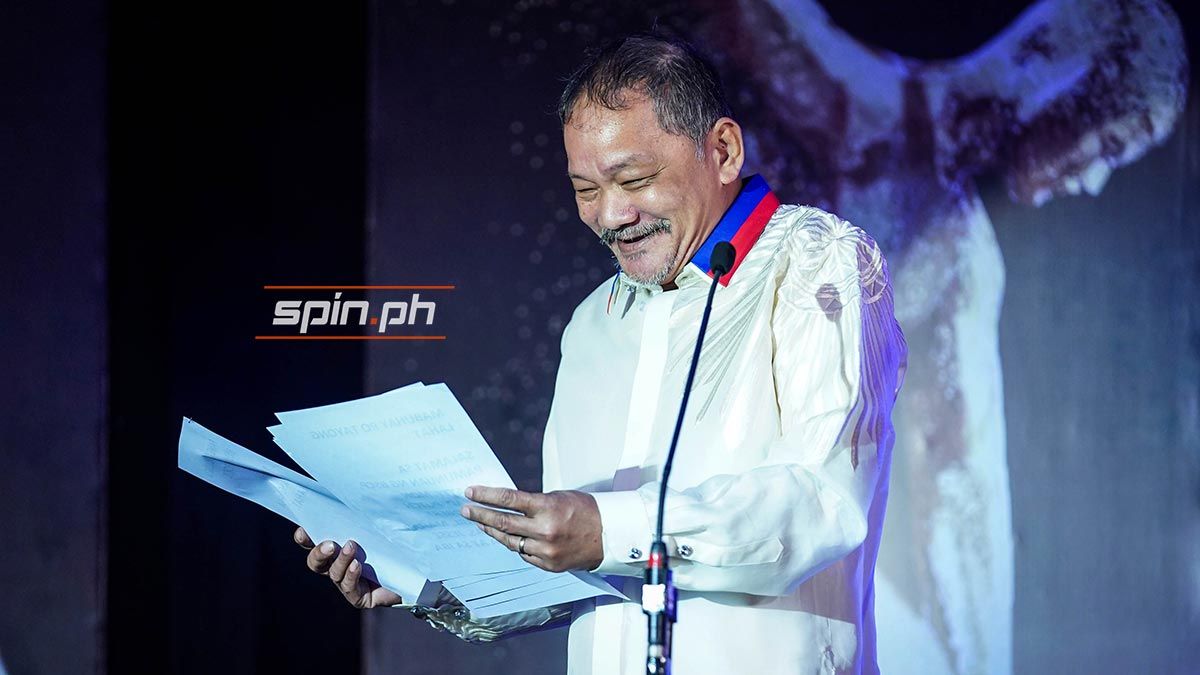
"Mabubuting tao kasi ang mga 'yan," Puyat, one of the pillars of the family that operates billiards and bowling centers around the country, says when asked what convinced him to take Reyes, Bustamante and other top billiards players under the banner of Puyat Sports decades ago.
Puyat took care of everything for Reyes and Co., opened doors for them, funded their overseas campaigns, put up tournaments left and right, and not once demanded money in return. To this day, he swears Bata and Django are paid each time they make appearances on the company's behalf.
Reyes and Bustamante soon became more than just stablemates. The duo split the prize money down the line in each and every tournament they competed in regardless of how they placed, whether here or overseas. If one is not around in a tournament, he is still entitled to a 10-percent share of the other's winnings.
Their relationship were that of co-equals and for a time they were inseparable, but the subtle differences in their games best illustrate the gulf that separates Bata Reyes from the rest of the pool players that came before and after him.
For all his greatness, Bustamante was always the Pippen to Reyes' Jordan. Django's break was among the best in the game, a crucial advantage in nine-ball, and his pocketing was flawless. He also had nerves of steel. What he never had were the mastery of the angles and that innate knowledge, diskarte in street parlance, that turned Reyes from being one of the great players into The One.
That realization dawned on me during that Taipei tournament of long ago as Bustamante cursed under his breath while facing a seemingly impossible shot in a do-or-die match. The totally stumped Django got so frustrated with the run of bad luck he hit the cue ball nonchalantly and with so much force the balls, perhaps out of fear, scampered in all directions.
Watching the match while leaning on a post that supported the makeshift spectators' stand, Reyes shook his head and walked away dejectedly. He proceeded to a practice table, laid down the balls in exactly the same positions that Bustamante faced just minutes earlier, then stroked one simple shot that unlocked the whole goddamn puzzle, muttering, 'Ganyan lang 'yon eh,' to no one in particular.
Understated genius can never be overly appreciated.




